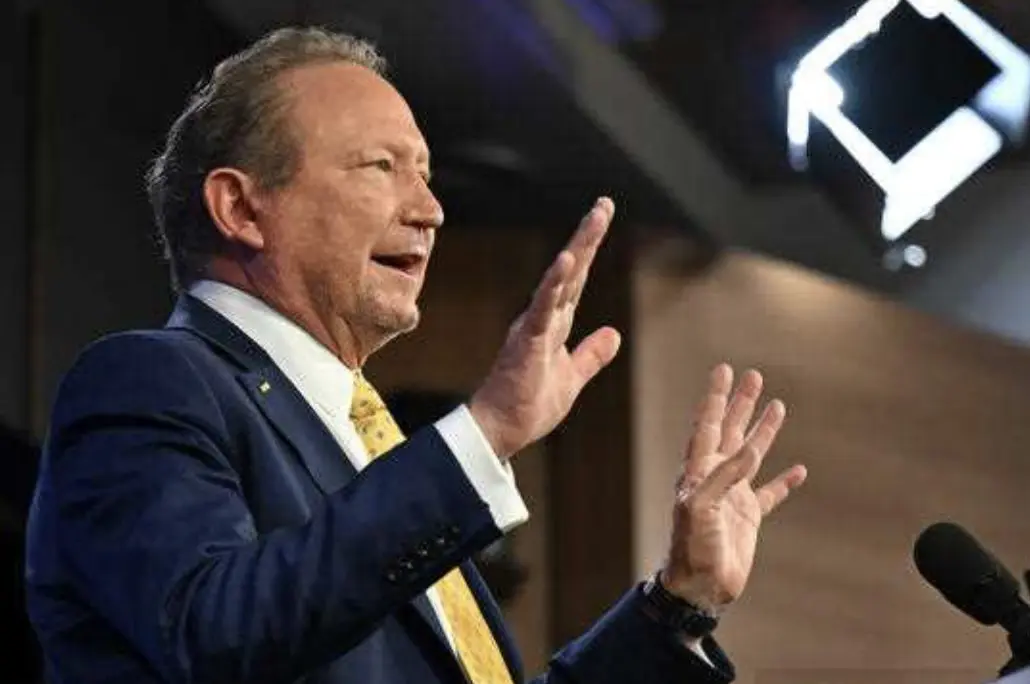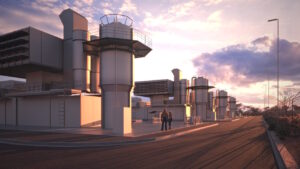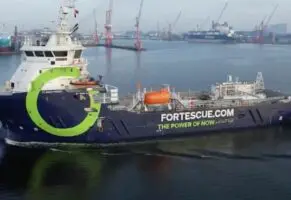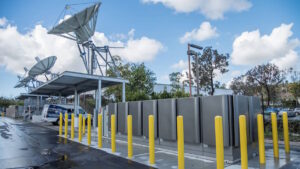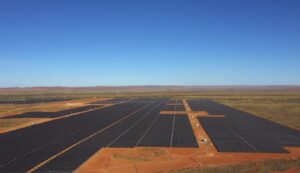Iron ore billionaire Andrew Forrest has conceded for the first time that his company Fortescue Metals and its new energy division will fall short of its aim to produce `15 million tonnes a year of green hydrogen by 2030, although he insists that his iron ore operations will still reach “real zero” emissions by the same year.
Forrest’s concession came in a series of media interviews after the company announced savage job cuts of 700 people across its operations late on Wednesday. “We are not going to swim against the tide,” he told the AFR.
A spokesperson for Fortescue confirmed that the hydrogen target had been ditched, at least in that time-frame, and yet it appears that Forrest still believes that the company’s 15 million tonne target will be reached. It’s just hard to tell when.
Fortescue’s hydrogen plans always seemed a stretch, and while the many MoUs that it signed as Forrest toured the world rarely turned into actual projects, apart from a newly opened electrolyser factory in Queensland and some other deals, the company was insisting as recently as a few months ago that things were still going to plan.
But it appears that the slow rollout of electrolyser technology, the slower emergence of serious amounts of green hydrogen demand, and high power prices have put paid to Forrest’s near term hydrogen dreams.
In an earlier statement, Forrest says Fortescue remains “absolutely resolute” in its commitment to be the world’s leading green technology, metals and energy company, and says he retains “a laser focus on achieving real zero by 2030,” which means burning no fossil fuels for power, heat or transport by that time.
“Real zero” by 2030, as opposed to “net zero by 2050” is still a highly ambitious goal, and Fortescue intends to achieve that which through a combination of renewables and storage, battery electric vehicles and green hydrogen fuel cell vehicles for transport, and electrification for heat.
Forrest took aim at high fossil fuel prices, and weak political leaders for failing to accelerate the switch to green energy.
“Our vision for Fortescue has not changed. I truly believe in the power that green hydrogen will unlock for decarbonising hard-to-abate industry,” Forrest said.
“Fortescue will prove this. Our decarbonisation program is world leading and our Australian operations will be Real Zero – no fossil fuels – by 2030.
“We have watched as weak leaders used Russia’s invasion of Ukraine and war in the Middle East to backslide on their green commitments and use it as yet another pathetic excuse to keep burning fossil fuels.
“Energy prices have skyrocketed while we have been hamstrung by fossil fuel. How long will politicians allow this to continue? How long will their indecision or clutching at straws like nuclear continue to drive up cost of living?
“How long will shareholders tolerate visionless bookkeepers earning billions in bonuses by doing no more than their predecessors already did for a hundred years?
“How long will lobbyists be able to masquerade as companies or environmental groups and continue to deceive the public and their elected politicians?”
Fortescue will focus its green hydrogen operations on a handful of projects, one in the US, two smaller ones in Australia, and two others in Brazil and Norway, where low cost hydro has a better opportunity of making those projects economic.
It appears, however, that the Gibson Island green hydrogen project near Brisbane appears to be a non-starter.
That project, to produce green ammonia, would have required some 500 MW of hydrogen electrolyser capacity, but its demise puts a question mark over the future of one of the country’s largest solar and battery storage projects at Bulli Creek.
Fortescue had signed an MoU for an off take for half of the planned 750 MW first solar stage of that project, and co-owner has been seeking other buyers for the remaining capacity. Now it has lost its hoped for anchor customer it will likely have to start over.
Green hydrogen projects have been slowing down around the world as developers faced a chicken and egg situation between developing the technologies and vast renewable arrays and securing firm contracts with would be customers, now concerned about the price impacts of being early adopters.
The federal government has promised billions to try and accelerate green hydrogen, and while Fortescue was not a winner of its hydrogen headstart allocations, the news may temper some expectations.
The enthusiasm for green hydrogen has subsidised in some key sectors with the realisation that it is not efficient enough to compete with batteries and direct electrification in key areas such as passenger vehicles, much of road transport, and household appliances.
It is still thought as the best solution for some hard to abate industries, including fertiliser production, ammonia, green steel, and even aviation. But there remains a long way to travel to bring down costs to compete with fossil fuels.
South Australia remains one of the most ambitious with plans for a government funded hydrogen power station – the first of its type in the world – and a 250 MW hydrogen electrolyser facility to be built at Whyalla. The government still hopes to deliver those projects by early 2026.

